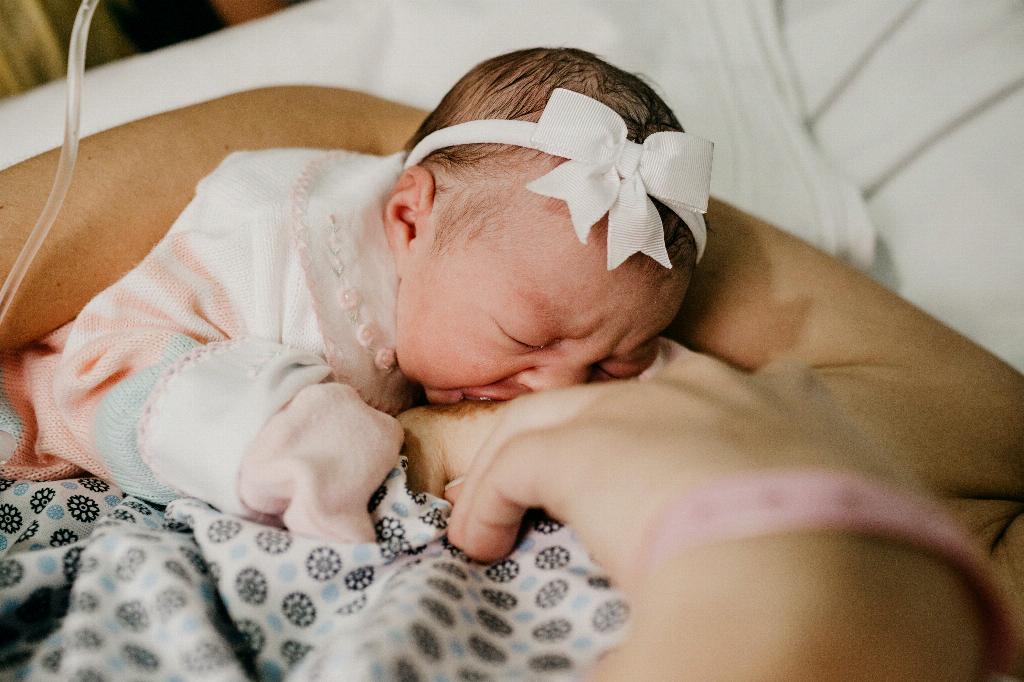Step 10 of the Baby-Friendly Hospital Initiative (BFHI) plays a crucial role in ensuring that parents and their infants receive the necessary support and care even after discharge from the hospital. This step focuses on coordinating the discharge process effectively to provide ongoing assistance to families as they transition to the postnatal period.
One of the key components of Step 10 is to ensure that parents have timely access to the support and resources they need to continue breastfeeding successfully. This includes providing information on local lactation consultants, breastfeeding clinics, and peer support groups that parents can turn to for guidance and assistance.
Additionally, Step 10 emphasizes the importance of addressing any concerns or challenges that parents may encounter during the early days of breastfeeding. Hospital staff should be prepared to offer troubleshooting tips, advice on proper latch techniques, and guidance on overcoming common breastfeeding issues.
By coordinating the discharge process effectively, hospitals can help parents feel confident in their ability to care for their newborn and navigate the challenges of the postpartum period. This can lead to higher rates of successful breastfeeding initiation and continuation, ultimately benefiting the health and well-being of both mother and baby.
Furthermore, Step 10 underscores the importance of providing holistic care to families, recognizing that the postnatal period can be a vulnerable time for new parents. Hospitals should offer emotional support, mental health resources, and information on newborn care to ensure that families feel supported in all aspects of their postpartum journey.
It is essential for hospitals to have a comprehensive discharge plan in place that includes detailed information on follow-up care, postnatal appointments, and contact details for healthcare providers. This helps to ensure a smooth transition for families as they leave the hospital and adjust to caring for their newborn at home.
Through Step 10, hospitals can actively promote bonding between parents and infants by encouraging practices such as rooming-in, skin-to-skin contact, and responsive feeding. These bonding activities help to strengthen the parent-child relationship and support healthy development in the early days of life.
Moreover, Step 10 highlights the importance of empowering parents to make informed decisions about their infant’s care and feeding. By providing evidence-based information and resources, hospitals can help parents feel confident in their choices and equipped to advocate for their own and their baby’s health needs.
In conclusion, Step 10 of the BFHI is a vital component of promoting breastfeeding success and supporting families in the postnatal period. By focusing on coordinating the discharge process effectively and providing ongoing support to parents, hospitals can play a significant role in ensuring the well-being of both mother and baby during the crucial early days of life.

